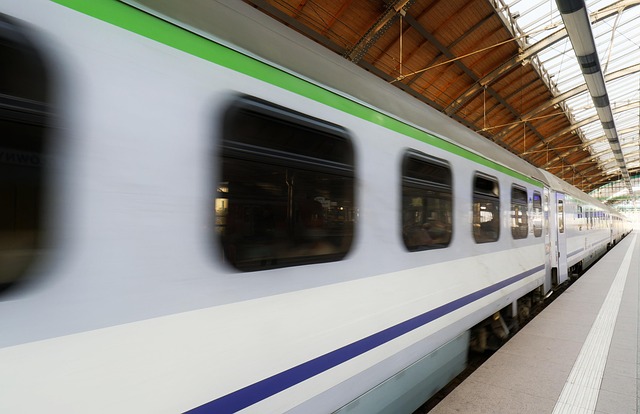As the world faces the compelling challenges of climate change and urban congestion, the notion of sustainable development has never been more critical. Among the numerous strategies available, integrated public transport stands out as a pivotal solution that can help pave the way toward a greener future. By shifting how we move from point A to point B, we can significantly reduce our ecological footprint while enhancing the quality of life in our cities.
To comprehend the transformative power of integrated public transport, we must first appreciate the current state of our environmental crises. Cities are expanding at an unprecedented rate, contributing not just to pollution but also to the intensification of traffic congestion. The reliance on individual car ownership has led to a significant rise in greenhouse gas emissions. Integrated public transport systems, which include a seamless connection between buses, trains, trams, and bicycles, offer a holistic approach that can mitigate these pressing issues.
Green technologies play a crucial role in this transition toward integrated public transport. Innovations such as electric buses, solar-powered trains, and smart transit apps are not just fleeting trends; they are essential components of a sustainable transport infrastructure. By embedding these technologies into public transport systems, municipalities can reduce their reliance on fossil fuels, thus moving closer to carbon neutrality. Electronic ticketing systems and real-time tracking apps also make it easier for passengers to navigate the system, increasing overall usage and decreasing the number of vehicles on the road.
Moreover, the benefits of integrated public transport extend beyond reduced emissions. A well-designed system creates a more accessible and equitable urban landscape. It is inherently democratic, giving all citizens, regardless of socio-economic status, the opportunity to reach education, job opportunities, and essential services. By investing in robust public transport networks, cities not only take a vital step toward carbon neutrality but also foster vibrant communities where social interactions thrive.
The journey to sustainable development requires a collective effort. It calls for governments, city planners, and communities to come together and embrace integrated public transport as a viable solution. By prioritizing this approach, we can cultivate environments that align with our desire for a greener planet, while also redefining our daily commutes.
As individuals, we can play our part by opting for public transport over personal vehicles whenever possible. Every bus or train ride taken is a small yet significant contribution to minimizing our ecological impact. Transitioning to a more sustainable way of living is a journey, one that requires commitment, but with integrated public transport, we have a reliable vehicle for change.




